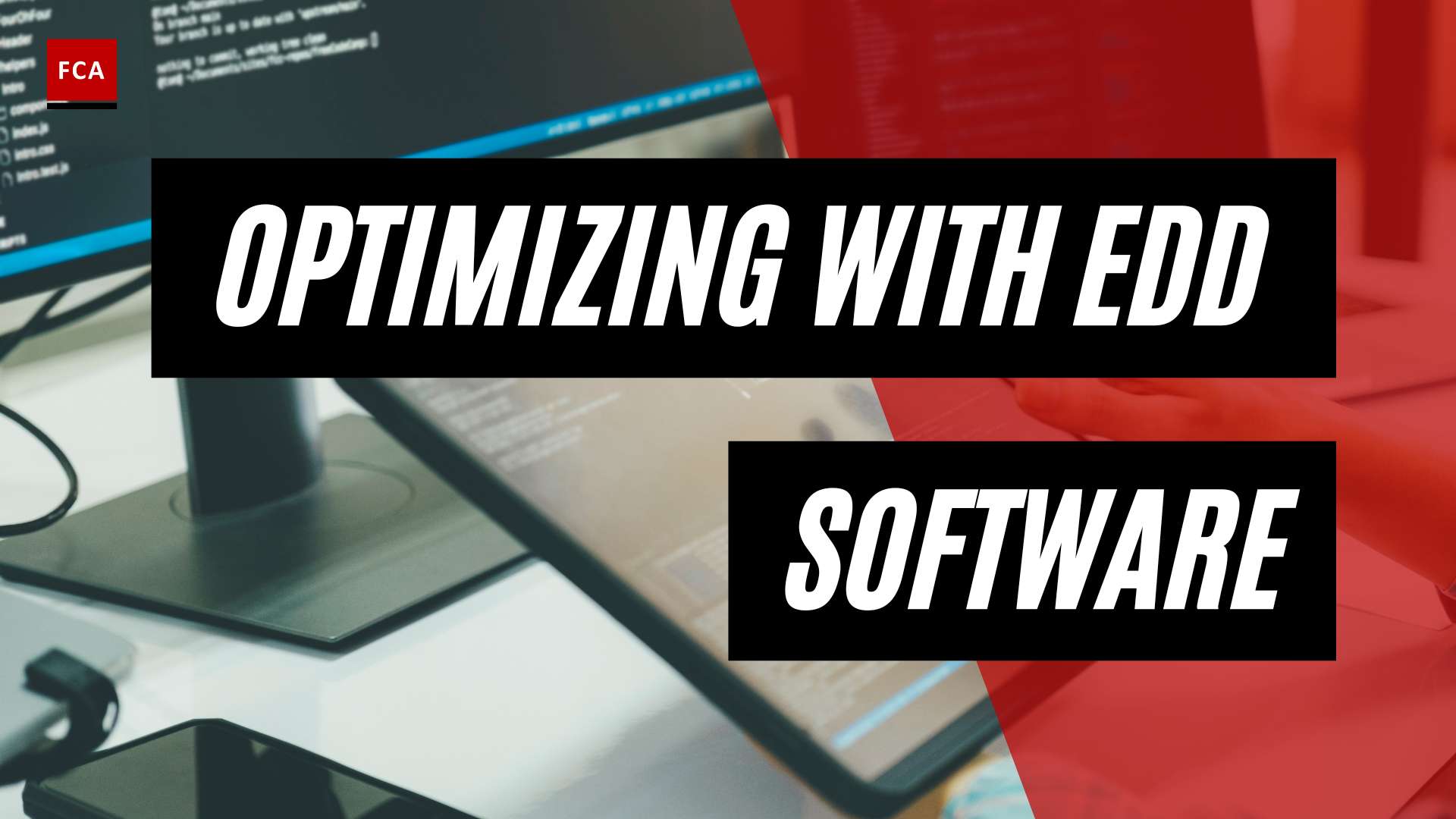What is terrorist financing? Terrorists and terror organizations have long threatened our lives. If we think about it, we probably all have our own experience with this. Be it that we witnessed an act of terrorism ourselves or that we know someone that did.
What Is Terrorist Financing
Terrorists and terror organizations threaten the security, infrastructure, citizens, and communities worldwide. It is estimated that terrorists kill an average of 21,000 people worldwide each year. Having said this, terrorism tends to be very geographically focused: 95% of deaths in 2017 occurred in the Middle East, Africa, or South Asia.
There is a song called “Money makes the world go around”. This message is also true for terrorists and terror organizations. Money is the lifeblood of terrorism. Terrorist financing in organizations require significant funding, both for the actual undertaking of terrorist acts and other issues. In particular, to maintain the organization’s functioning, provide for its basic technical necessities, and cover costs related to spreading their ideologies.
The Forbes Magazine has compiled a list of the Richest Terror Organizations in the World. They estimate the ten biggest terror organizations’ total annual income at an incredible amount of almost 4 billion US-Dollar. At the top of that list is the Hezbollah organization with 6.2 billion US-Dollar alone.
You might ask: How can it be that these terrorist organizations can receive so much money? This is especially in the light of the global fight against terrorism, global economic sanctions, and designated lists for terrorist organizations.

Terrorist Financing Description
How can this be? Well, the answer is terrorist financing. Terrorist financing can be described quite simply as the financing of terrorist acts, terrorists, and terrorist organizations. But terrorist financing is more than just providing the money to them. Terrorist financing can also involve facilitating terrorist acts using other assets or stores of value such as oil and natural resources, property, legal documents, financial instruments, and others. But terrorist financing does not stop there.
Terrorists and terrorist organizations usually need to rely on money to sustain themselves and carry out terrorist acts. Terrorist financing encompasses the means and methods used by terrorist organizations to finance activities that threaten national and international security. Money provides terrorist organizations with the capacity to carry out terrorist activities, which can be derived from a wide variety of sources. Money can come from legitimate sources, including profits from businesses and charitable organizations and criminal sources such as drug trade, weapon smuggling, or kidnapping for ransom.
Terrorists also make more and more use of modern technologies, including the blockchain and cryptocurrencies. They use cryptocurrency to help fund attacks more easily than they could ever do with fiat currencies.
Methods Used For Terrorism Funding
A number of countries and multinational organizations maintain lists of terrorist organizations, though there is no consistency in which organizations are designated as such. In the United States, such a list is kept by the Treasury Department’s Office of Foreign Assets Control (OFAC). Financial transactions benefiting designated terrorist organizations are typically prohibited.
To circumvent efforts to prevent such funding, designated terrorist organizations may employ a variety of strategies. For example, they may make multiple smaller-value transfers in an attempt to avoid detection, or they may use people with no criminal history to complete financial transactions in order to make fund transfers more difficult to track. These transactions can also be disguised as charitable donations or gifts to family members. Countries cannot combat terrorism on their own because corporate actors must scan financial transactions. If corporate actors fail to comply with the law, the state may levy fines or impose regulatory sanctions.
Money Laundering And Terrorist Financing
Criminal activities such as drug trafficking, smuggling, human trafficking, corruption, and others typically generate large sums of money for the individuals or groups involved. However, by using funds from such illegal sources, criminals risk attracting the attention of authorities and exposing themselves to criminal prosecution. To benefit freely from the proceeds of their crime, they must conceal the illicit source of these funds.
In a nutshell, “money laundering” is the process of concealing the illicit origin of proceeds from criminal activity. According to the provisions on money laundering in the Vienna Convention and the Palermo Convention, it may encompass three distinct, alternative actus reas: I the conversion or transfer, knowing that such property is the proceeds of crime; (ii) the concealment or disguise of the true nature, source, location, disposition, movement, or ownership of or rights with respect to property, knowing that such property is the proceeds of crime; and (iii) the acquisition, movement, or ownership of or rights with respect to property.
The Financial Action Task Force (FATF) established the international standard for combating money laundering and terrorism financing. The FATF is a 33-member organization primarily responsible for developing a global standard for anti-money laundering and terrorism financing. The FATF was established in 1989 by the G-7 Summit in Paris and works closely with other key international organizations such as the IMF, World Bank, United Nations, and FATF-style regional bodies.
Final Thoughts
Criminals have demonstrated adaptability and opportunism in locating new channels through which to launder the proceeds of their illegal activities and finance terrorism. As the Internet becomes a more global phenomenon, commercial websites and Internet payment systems are potentially vulnerable to a wide range of risks and vulnerabilities that criminal organizations and terrorist groups can exploit.
The current study examines the money laundering and terrorist financing (ML/TF) risks associated with commercial websites and Internet payment systems, with a focus on mediated customer-to-customer websites as the most vulnerable to abuse due to their popularity, public accessibility, and high volume of cross-border trade transactions. The analysis also includes a number of case studies that show how mediated customer-to-customer websites can be used for ML/TF.








